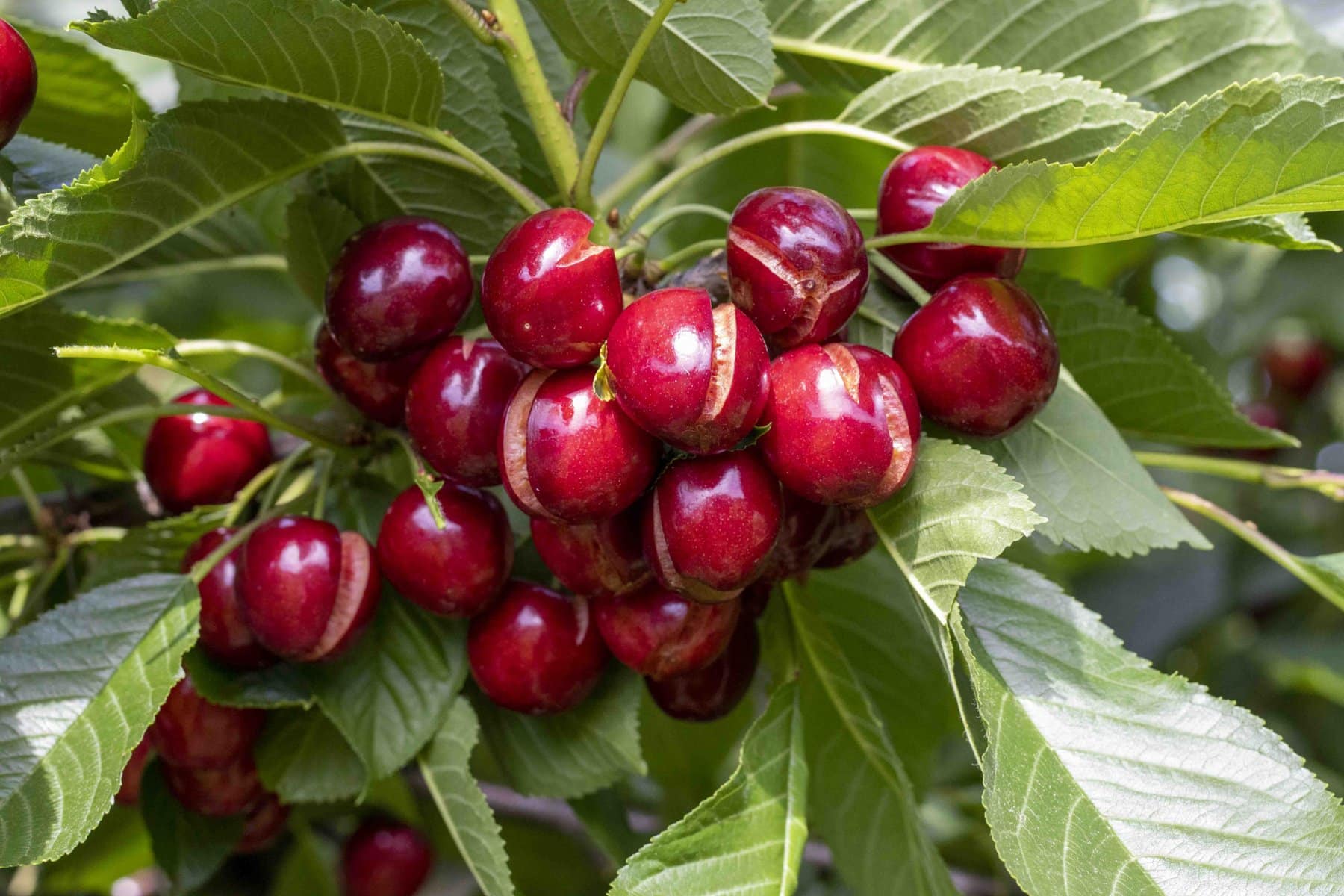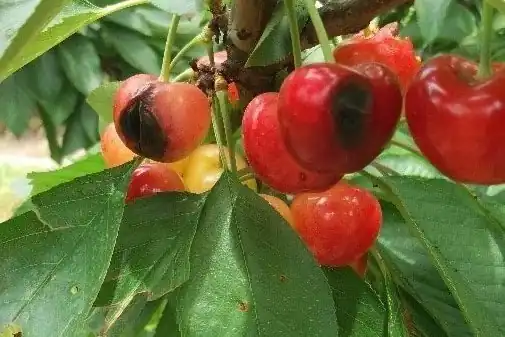In the farthest reaches of Patagonia, the cherries from the Valle de Los Antiguos have received historic recognition: the Denomination of Origin “Cereza del Valle de Los Antiguos - Patagonia,” officially granted in April 2024.
A milestone that celebrates a production born of a unique territory and generations of know-how.
A seal that tells a story of identity
"The denomination of origin allows us to certify an identity that embodies cultural, environmental, and productive values, while also guaranteeing the excellence of the product," stated Aníbal Caminiti, director of CAPCI, the Association of Integrated Cherry Producers of Argentina.
Behind this seal lies a decade-long effort shared by farmers, institutions, and researchers, including INTA (National Institute of Agricultural Technology), which supported the early stages of cultivation in one of the country’s most extreme areas.
A long research journey has helped define the distinctive traits of these cherries: intense sweetness, firm flesh, balanced acidity, and a deep red color.
The power of a unique microclimate
The cherries of Valle de Los Antiguos grow in extraordinary climatic conditions. The microclimate, influenced by the nearby Lake Buenos Aires, offers strong thermal fluctuations, high brightness, and controlled humidity.
This slows the development of the fruit, making them firmer and richer in flavor. While ripening elsewhere takes 50–85 days, here it often exceeds 100.
According to Liliana San Martino, a researcher at INTA, the Denomination of Origin is a safeguard for producers: it not only enhances the product's value in the market, but also opens the door to export incentives once certification becomes active.
The southernmost cherries
Diego Aguilar, president of the Mendoza Cherry Chamber, highlighted the geographic uniqueness of the production: "The cherries from Los Antiguos are the last to be harvested in the Southern Hemisphere each year, yet also the sweetest and crunchiest."
Aguilar emphasized that the collaboration with INTA has been crucial in distinguishing these cherries in both domestic and international markets.
Now the challenge is to continue investing in enhancing the value chain: expanding cultivated areas, increasing production, and strengthening presence in global markets.
The harvest period, which runs from late December to mid-February, is subject to annual climatic variations, but every season promises fruit of unparalleled quality.
A look to the future
With official recognition, “Cereza del Valle de Los Antiguos” stands out as a symbol of agri-food excellence in Patagonia.
A product that combines local knowledge, extreme natural conditions, and the ambition to conquer international markets.
Source: portalfruticola.com
Image source: INTA
Cherry Times – All rights reserved












